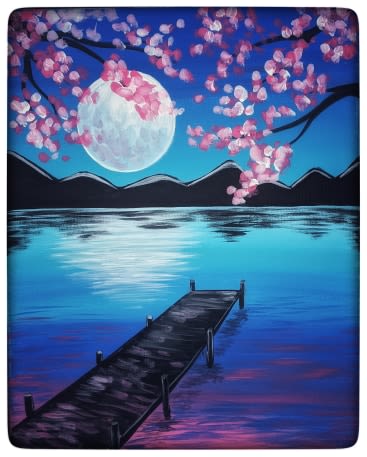

There are several “little falls” and “great falls” along the Pawtuxet and Blackstone Rivers, so those names/translations could apply to any number of locations on these rivers.

with these similar names (as well as the Pawtuxet at Plimouth Plantations) were located at the point where the freshwater river emptied into salt water. In contrast, Ginny Leslie of Pawtuxet, Rhode Island, expresses this insight, which does make sense. It has frequently been mentioned by persons in this century that Pawtucket means “Great Falls” and Pawtuxet means “Little Falls”, but the source of the translation seems to be nothing more than oral history of the area. Pawtuxet, Massachusetts, a different river, near the original Plymouth Colony site. It’s also the name of the river near the town. Pawcatuck, Connecticut, a town near the Rhode Island border. Pawtuxet, Rhode Island, a different town, which was always in Rhode Island. Sometimes in Massachusetts, and sometimes in Rhode Island, Pawtucket was two political towns and one economic town. Pawtucket, Rhode Island, the town was first started by the William Bucklin house placed there by 1645. In this case we get an incredible piece of art made from a unique process of sandwiching and pulling on paint soaked strings.Don’t get mixed up between Pawtucket, Pawtuxet, Pawcatuck, and Pawtuxet, They are four different places Process art may or may not yield an interesting result. Process art is art made for the purpose of creative exploration. The focus is on the process of making not the end product. Pulled string art is a playful process art technique that has beautiful results. It presents a beautiful contrast to any colors you use. I highly recommend using watered down black tempera paint.Paper towels are handy to clean up and for wiping paint off your hands.As I mentioned above, if you are using watered down tempera gently remove some (not all) of the paint before adding it to the paper by gently pulling the string between your fingers as you remove it from the paint cup.You can use regular paper for this but it may rip a little as you pull the string out.If your paintings are too light add more paint. Make sure your liquid watercolors are not too watered down.Repeat the process above with 2-3 more colors. Remove the book and open up your paper to reveal an incredible image! Place the string back in the paint cup afterwards. It will make a squeaky noise! That’s a sign you are doing it correctly! Just be sure not to put so much pressure on the book that the string breaks. Hold down the book with one hand and slowly pull out the string with your other hand. If you don’t, you may end up with paint blobs.įold the paper over the string and place a book on top. Leave a “tail” sticking out of the bottom! If you are using the watered down tempera, gently run your finger along the string as you pull it out of the cup to remove some of the paint.

Open up your paper and lay one of the pieces of string on one side of the paper. Use a craft stick to press it into the paint. Add one cut piece of string to each paint cup. If using tempera, squeeze it into a small cup and water it down until it is runny.Ĭut string into 18″-24″ lengths. You want the paint to be pretty concentrated. If you are using liquid watercolors, mix them with a small amount of of water. An incredible classic art project kids (and adults) will love.


 0 kommentar(er)
0 kommentar(er)
